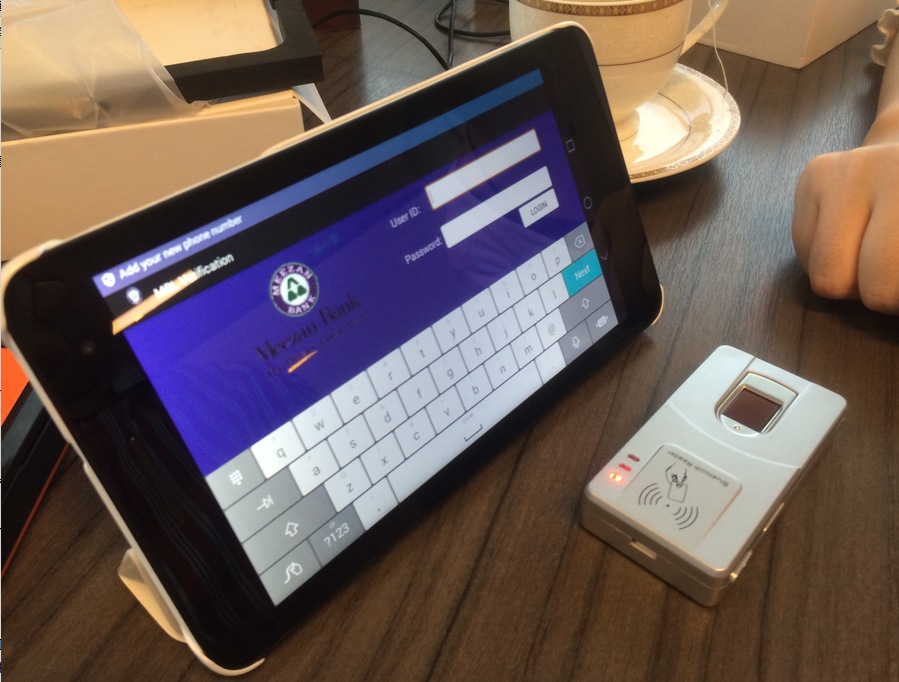Biometric fingerprint scanners for government attendance is an inevitable trend
fingerprint scanners are a type of technology that can be used for government attendance purposes. These scanners use a person’s unique fingerprint to verify their identity and record their attendance.

There are several advantages to using biometric fingerprint scanners for government attendance. First and foremost, they are a secure and reliable way to ensure that the person who is supposed to be in attendance is actually present. Because fingerprints are unique to each individual, it is virtually impossible for someone to impersonate another person by using their fingerprint.
In addition to being secure, 生体認証指紋スキャナ are also very efficient. They can quickly scan and verify a person’s identity, which makes the attendance process faster and more streamlined. This can be especially beneficial for large government organizations or events where attendance tracking can be a time-consuming process.
However, there are also some potential concerns with using biometric fingerprint scanners for government attendance. One of the main concerns is privacy. Some individuals may be uncomfortable with the idea of having their biometric data recorded and stored by the government. It is important for governments to be transparent about how this data will be used and protected.
Another potential concern is the accuracy of the technology. While biometric fingerprint scanners are generally very reliable, there is always the possibility of false positives or false negatives. Governments must ensure that their scanners are calibrated and maintained properly to minimize these errors.
Overall, biometric fingerprint scanners can be an effective and efficient way for governments to track attendance. However, it is important for governments to address privacy concerns and ensure that the technology is used responsibly.
政府出席に指紋スキャナーを使用する20の理由
- Accurate: Biometric fingerprint scanners are incredibly accurate and can ensure that the right person is identified.
- Prevents fraud: It prevents fraud and impersonation, ensuring that the person who is present is the one who was expected.
- Time-saving: Biometric fingerprint scanners are fast and can help save time when taking attendance.
- Cost-effective: They are cost-effective as they can reduce the need for extra staff to monitor attendance.
- No need for ID cards: Biometric fingerprint scanners eliminate the need for ID cards, which can be lost or stolen.
- No need for passwords: They eliminate the need for passwords, which can be forgotten, shared, or stolen.
- Secure: Biometric fingerprint scanners are secure, as the biometric data cannot be easily replicated or stolen.
- Non-invasive: They are non-invasive and do not require any physical contact with the device.
- Easy to use: Biometric fingerprint scanners are easy to use, and employees can quickly learn how to operate them.
- Real-time data: Biometric fingerprint scanners provide real-time data, allowing managers to track attendance in real-time.
- Reliable: They are reliable and can work in different environments, including dusty or wet conditions.
- Environmentally friendly: Biometric fingerprint scanners are environmentally friendly as they eliminate the need for paper-based attendance registers.
- Reduces errors: They can reduce errors caused by human input, resulting in more accurate attendance data.
- Improves productivity: Biometric fingerprint scanners can help improve productivity by reducing time spent on attendance-related tasks.
- Enhances accountability: It enhances accountability as attendance data is accurate and tamper-proof.
- Reduces bureaucracy: It can reduce bureaucracy by eliminating the need for manual attendance tracking and reducing paperwork.
- Enhances compliance: It enhances compliance as attendance data can be easily audited and accessed for compliance purposes.
- Boosts transparency: It boosts transparency as all attendance data is recorded and can be easily accessed.
- Promotes equity: It promotes equity by ensuring that all employees are held to the same attendance standards.
- Supports remote work: Biometric fingerprint scanners can support remote work by allowing employees to record attendance remotely.

How to Choose the Right Fingerprint Scanner for Government Attendance
There are several factors to consider when choosing a suitable fingerprint scanner for government attendance, including
Accuracy: It is critical to choose a fingerprint scanner that provides accurate readings. The scanner should be able to identify the fingerprints of all employees without any errors.
Speed: The scanner should be fast enough to read fingerprints quickly, especially in large government organizations that need to register many employees.
Durability: Government organizations usually have a large number of employees, which means that the fingerprint scanner will be used frequently. Therefore, it is important to choose a durable scanner that can withstand heavy use.
Connectivity: The scanner should be able to easily connect to the time and attendance software to ensure seamless integration with the time and attendance system.
Compliance: The fingerprint scanner should comply with government regulations regarding data privacy and security.
Budget: The cost of the scanner is also an important consideration. It is important to select a scanner that fits the organization’s budget while meeting its requirements.
Based on these factors, some popular fingerprint scanners suitable for government attendance include the HFSECURITY HF7000 Suprema BioMini Plus 2 Before making a final decision, it is important to research and compare different fingerprint scanners to ensure the selected scanner meets the organization’s needs.


